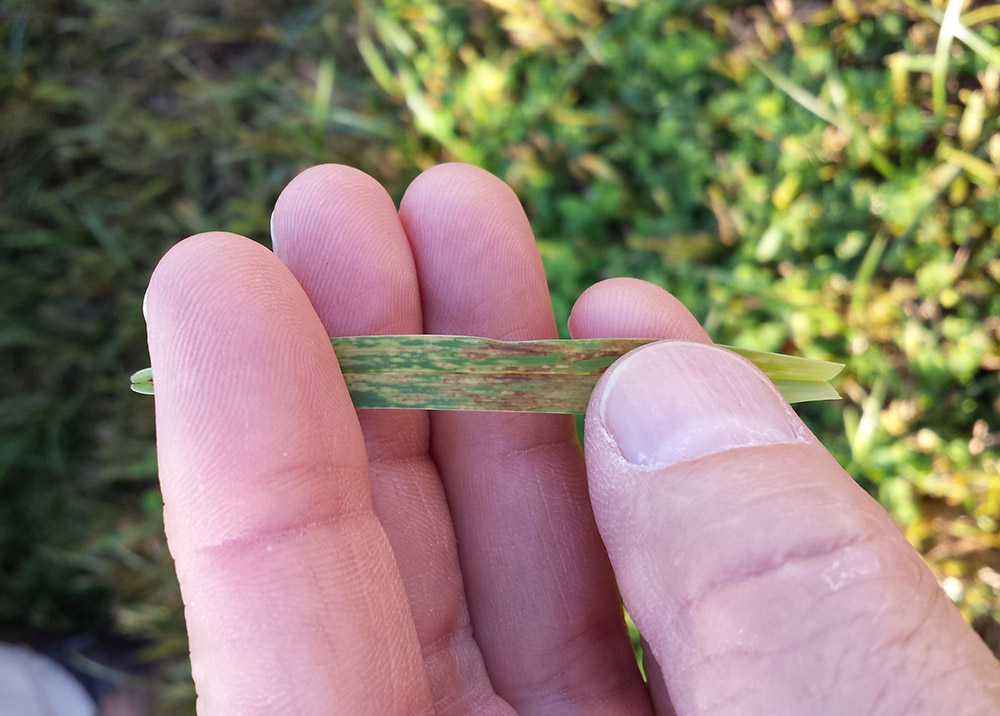in
Palm Beach County, Florida
Lethal Viral Necrosis Disease (LVN) of Floratam St. Augustinegrass is caused by Sugarcane Mosaic Virus. It was first verified in Palm Beach County, Florida via laboratory analysis in November 2014. It is now verified throughout southeastern Florida and in a few other areas of the state. It originally was verified in Florida in St. Petersburg, which is in the Tampa Bay area. However, its spread appears to be much slower in the Tampa Bay area than in southeastern Florida. Current research indicates that only one virus, Sugarcane Mosaic Virus is the causal pathogen.
The virus kills Floratam cultivar of St. Augustinegrass within 3 years of infection, or less. Fresh Floratam St. Augustinegrass sod planted in these areas tends to die within a few months. Other St. Augustinegrass cultivars and most warm season turfgrasses (excluding Zoysiagrass) can harbor the virus, but are not killed by it. Symptoms (and the disease) in these non-Floratam cultivar grasses is called Mosaic. But again, the “lethal necrosis" disease is only known to occur in the Floratam St. Augustinegrass cultivar.
Lethal Viral Necrosis losses in Palm Beach County have been substantial, and are likely to increase because Floratam is the dominant cultivar used in our landscapes. This Floratam disease is not treatable with any fungicides, pesticide or “vaccine." Avoidance through sanitation practices, and replacement with turf cultivars or species other than Floratam are currently the only turf options. The following links provide additional information including details about what you can do.
